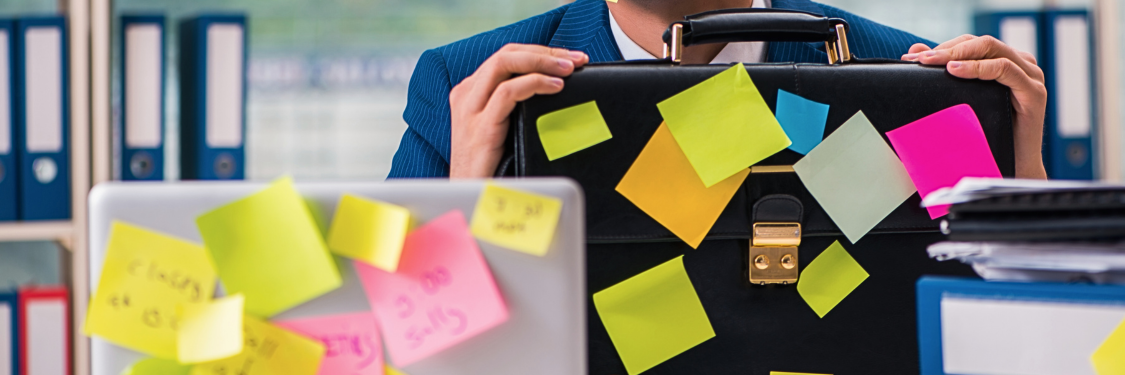
Due to great advances in building construction and fire suppression technology, the threat of total destruction and injuries due to a fire has slightly reduced over the last 10 years. But surprisingly, the number of deaths has increased by about 24% in the same time period and the property loss amounts have increased by almost 75% due to the cost of building and inflation. That means that fire safety and awareness is just as important today as it has always been. It’s not just children who need to learn the do’s and don’ts of fire safety, but we are all responsible to keep others safe by knowing and practicing fire safety. In this article I’ll provide top fire safety tips for both your home and business. As we come up on Daylight Savings time on November 7, I hope that you’ll remember to check your smoke alarms to ensure that they are working properly and change the batteries because as our old friend G.I. Joe used to say at the end of every episode, “now you know, and knowing is half the battle."
Fire Statistics
- Wildfires were responsible for $9.8 billion in property damage in 2019 including structures and vehicles.
- Structure fires (unrelated to wildfire) were responsible for 12.1 billion in property losses in 2019.
- In 2020, 53% of fire loss in the U.S were residential fires and of this amount, 29% were multi-family residential buildings.
- Smoke alarms were not present in 23% of single-family residential fires and 37% of the multi-family residential fires.
- Residential fires account for almost ¾ of all fire related deaths, 76% of fire related injuries, and 46% of the loss in dollars.
- The leading cause of the fire in residential buildings is cooking (50%), followed by heating fireplace, electric heater, furnace (9.3%), unintentional carelessness (7.7%) and electrical malfunction (6.8%).
- 64% of the fire fighters in our country are all volunteer companies.
- New York along with California and Texas lead the nation in the number of fire deaths.
- Statistics show that men are injured or die at a much higher rate than women and African American males and American Indian males have the highest fire death rates per million population.
- People aged 85 and older have the highest fire death rate.
- Children 0-4 are the highest at risk of dying in a fire among children of all ages.
Tips for Commercial Properties
- Ensure that you are using the proper types of detectors in the proper areas. For example, a heat detector is usually used in rooms with excessive dust or fumes.
- Don’t obstruct detection units. For example, after painting ceilings, are the protective covers on the smoke detectors put back on?
- Never leave portable heating devices unattended.
- Make sure that there are no obstacles to exits.
- Make sure that windows can be opened, and screens removed.
- Keep anything that can burn away from electrical equipment.
- Check for damaged or overloaded electrical outlets, cords and cables.
- Ensure pull stations are always accessible.
- Immediately investigate false alarms and make repairs – and make all other repairs immediately too.
- Know where your fire hydrant is located.
- Know where shut-offs for power, gas and any operations systems are.
- Know the type and location of your HVAC.
- Task your Safety Committee with designing a plan designating individuals who will be responsible for the plan, and practice it annually.
- Landlords should routinely inspect smoke detectors to ensure that they are in proper working order and change the batteries regularly.
Tips for Residential Properties
- Install smoke alarms on every level of your home, inside bedrooms and outside sleeping areas.
- Test smoke alarms every month. If they’re not working, change the batteries.
- Talk with all family members about a fire escape plan and practice the plan twice a year.
- If a fire occurs in your home, GET OUT, STAY OUT and CALL FOR HELP. Never go back inside for anything or anyone.
- Watch your cooking. Stay in the kitchen when you are frying, grilling, or broiling food. If you must leave, even for a short time, turn off the stove.
- Give space heaters space. Keep fixed and portable space heaters at least three feet from anything that can burn. Turn off heaters when you leave the room or go to sleep.
- Smoke outside. Ask smokers to smoke outside. Have sturdy, deep ashtrays for smokers.
- Keep matches and lighters out of reach of children, preferably in a cabinet with a child lock.
- Inspect electrical cords - Replace cords that are cracked, damaged, have broken plugs, or have loose connections.
- Be careful when using candles - Keep candles at least one foot from anything that can burn. Blow out candles when you leave the room or go to sleep.
Sources:
https://www.usfa.fema.gov/data/statistics/
https://www.iii.org/fact-statistic/facts-statistics-fire
Sign up for our newsletter.




